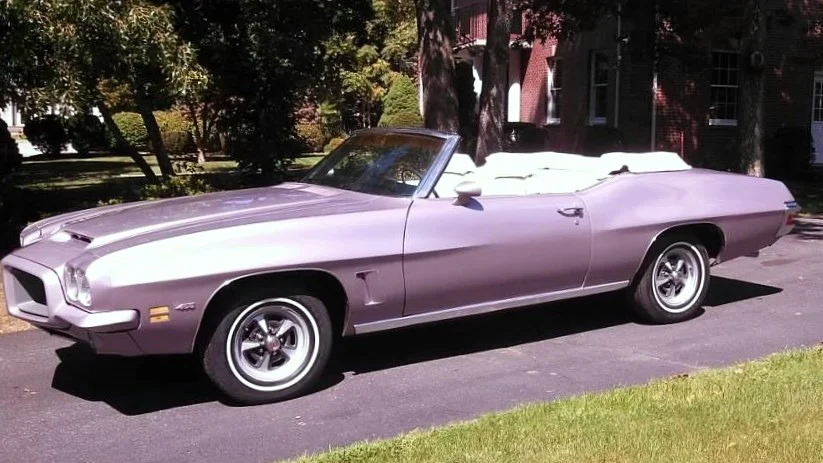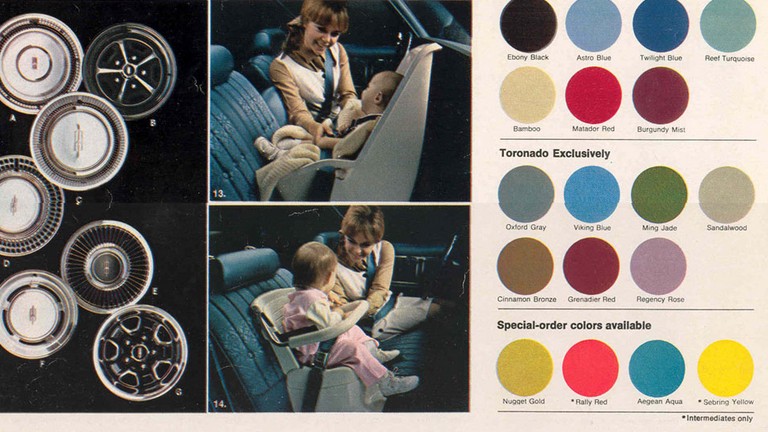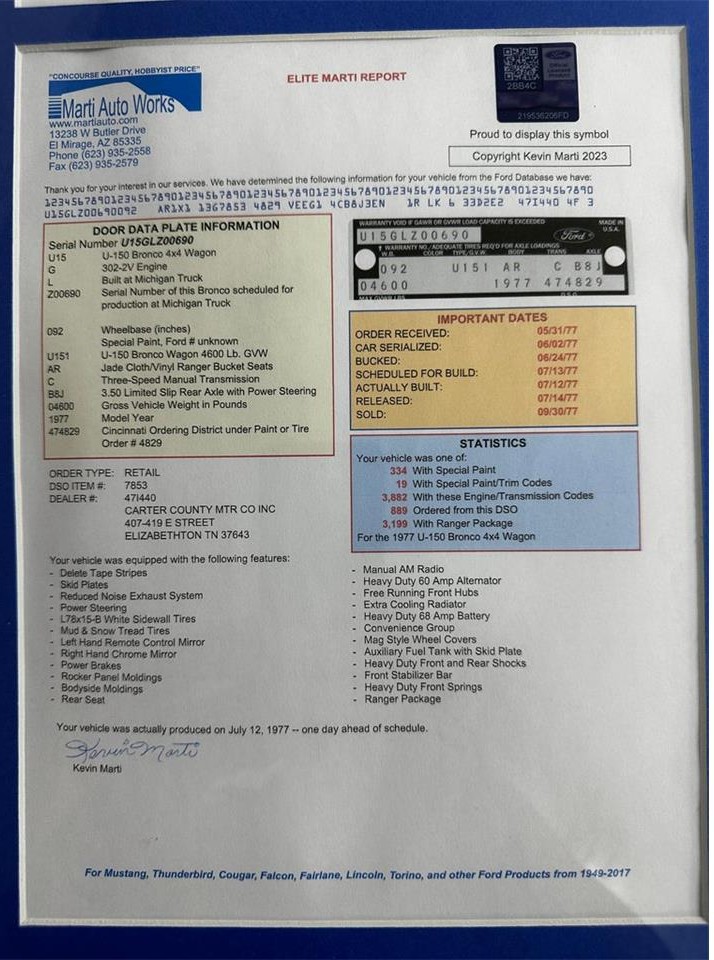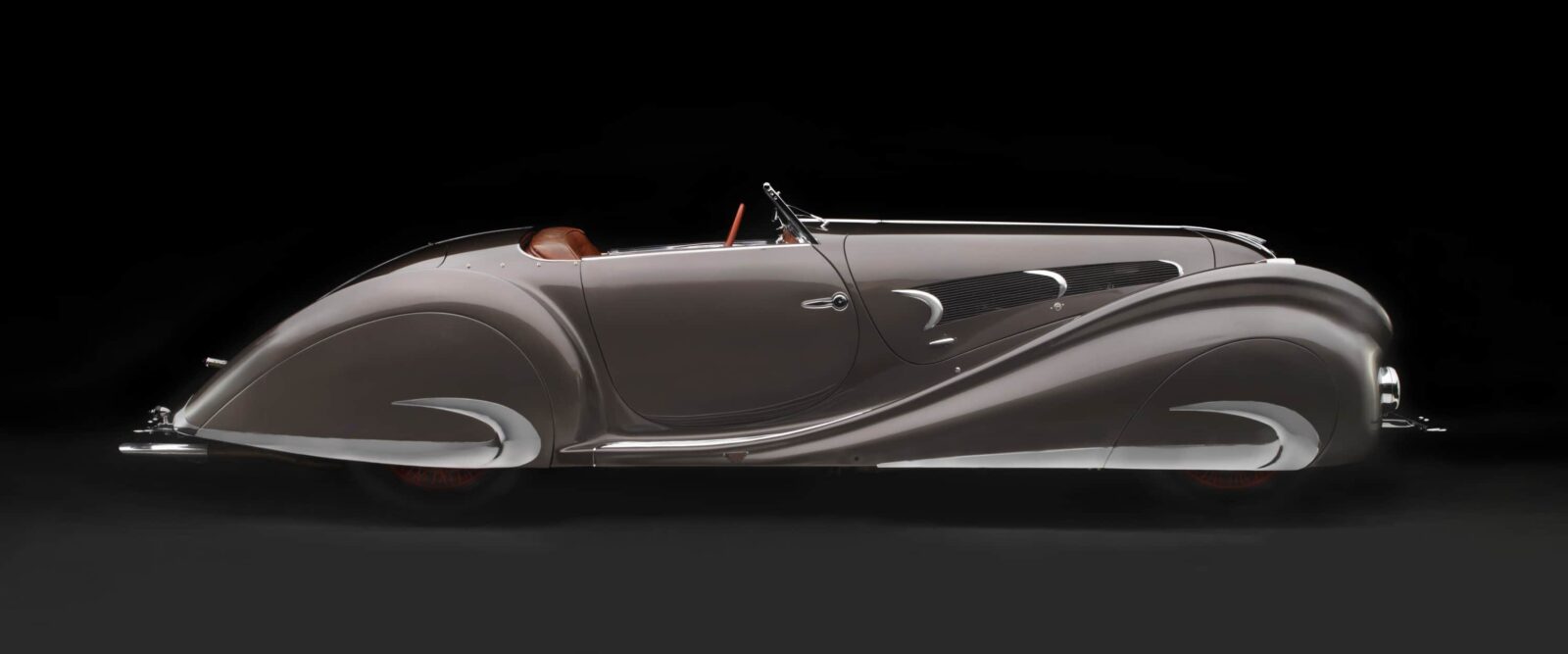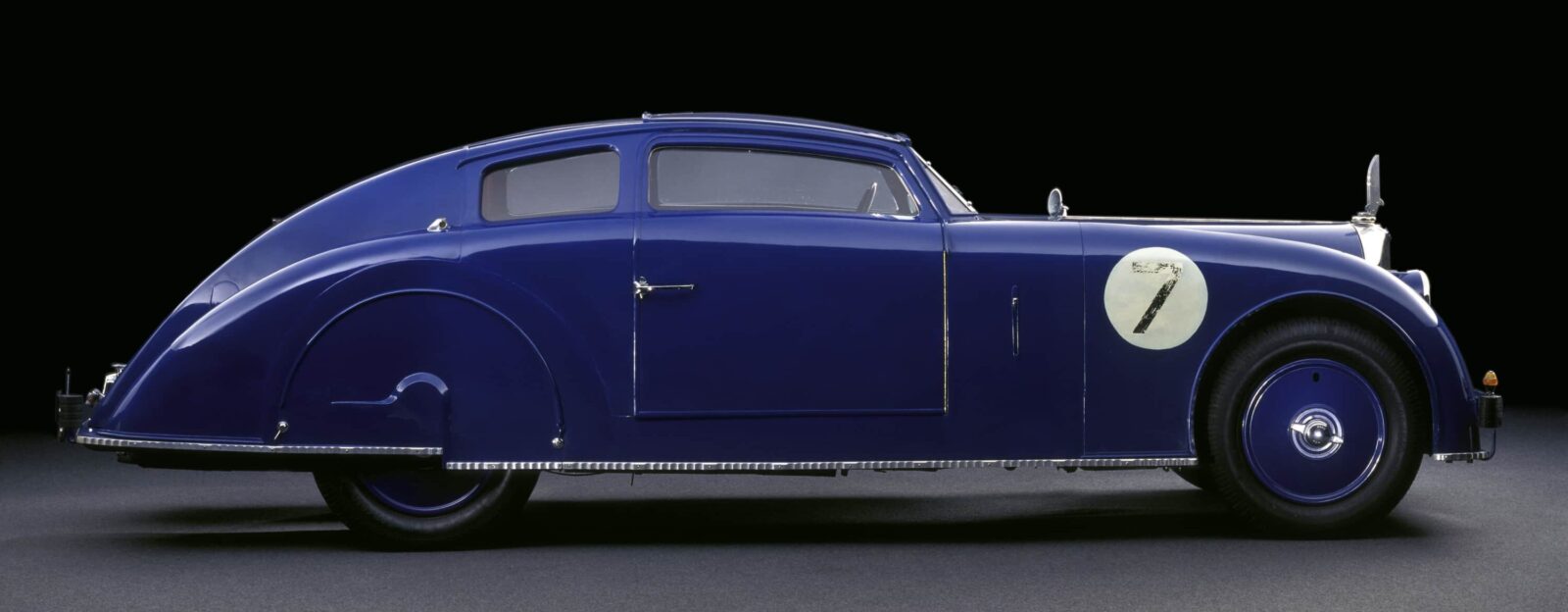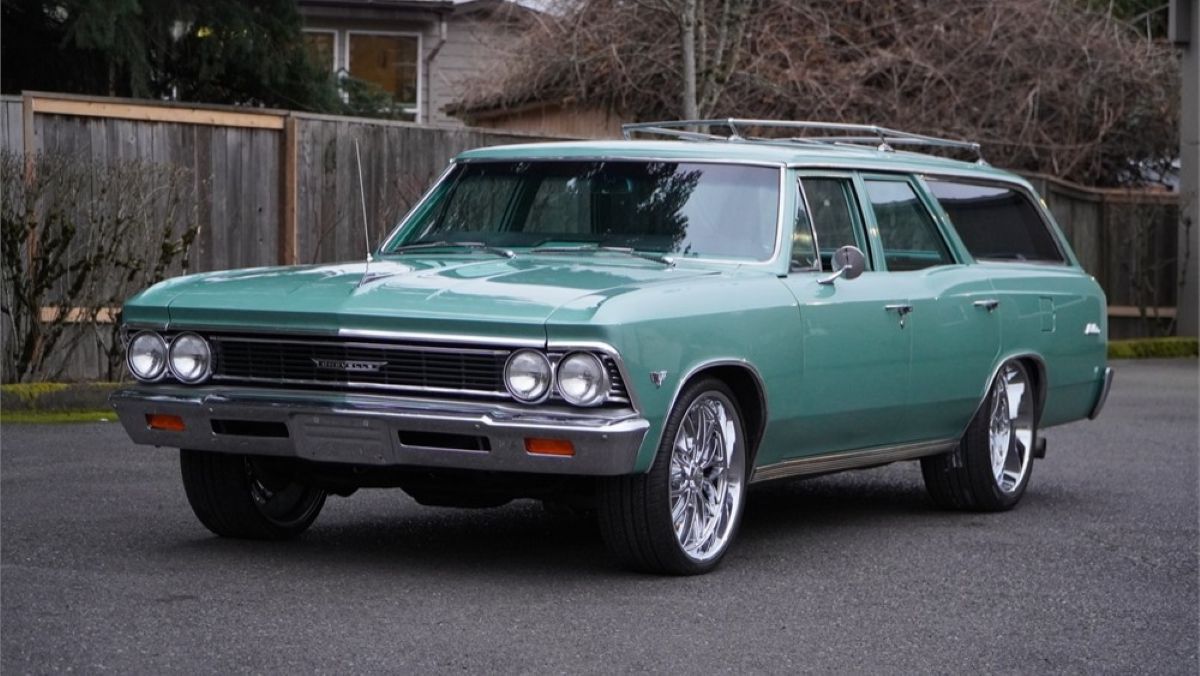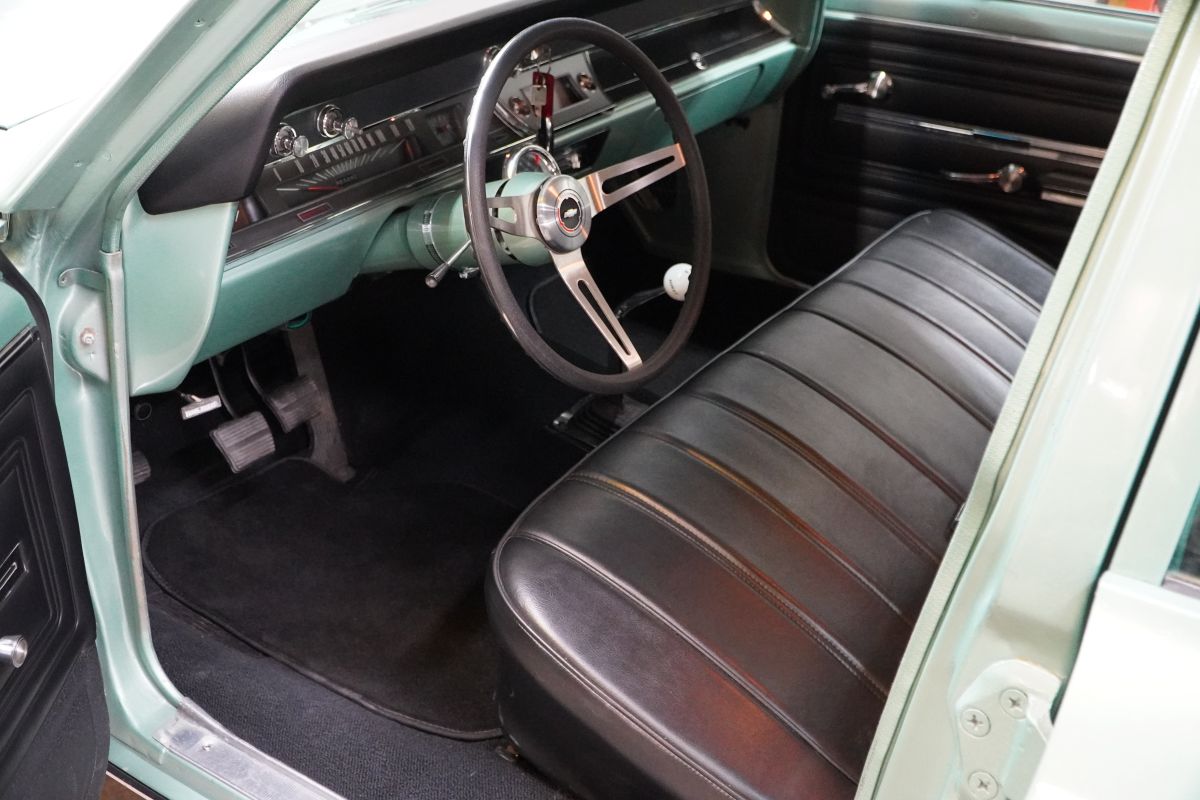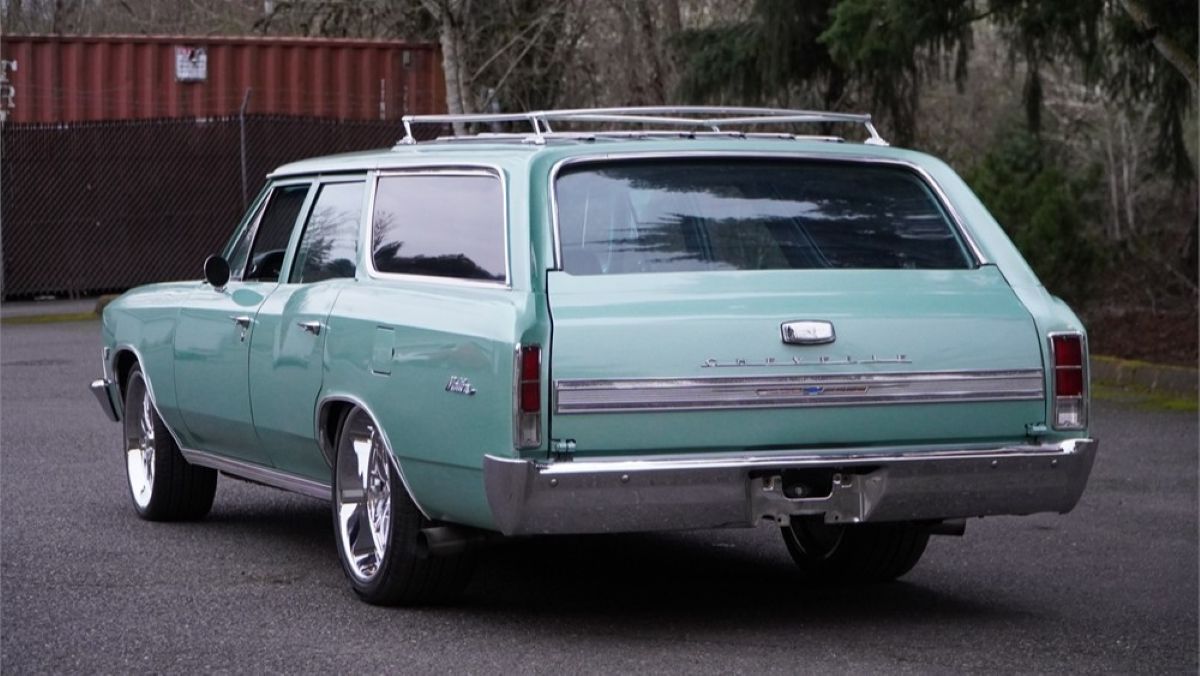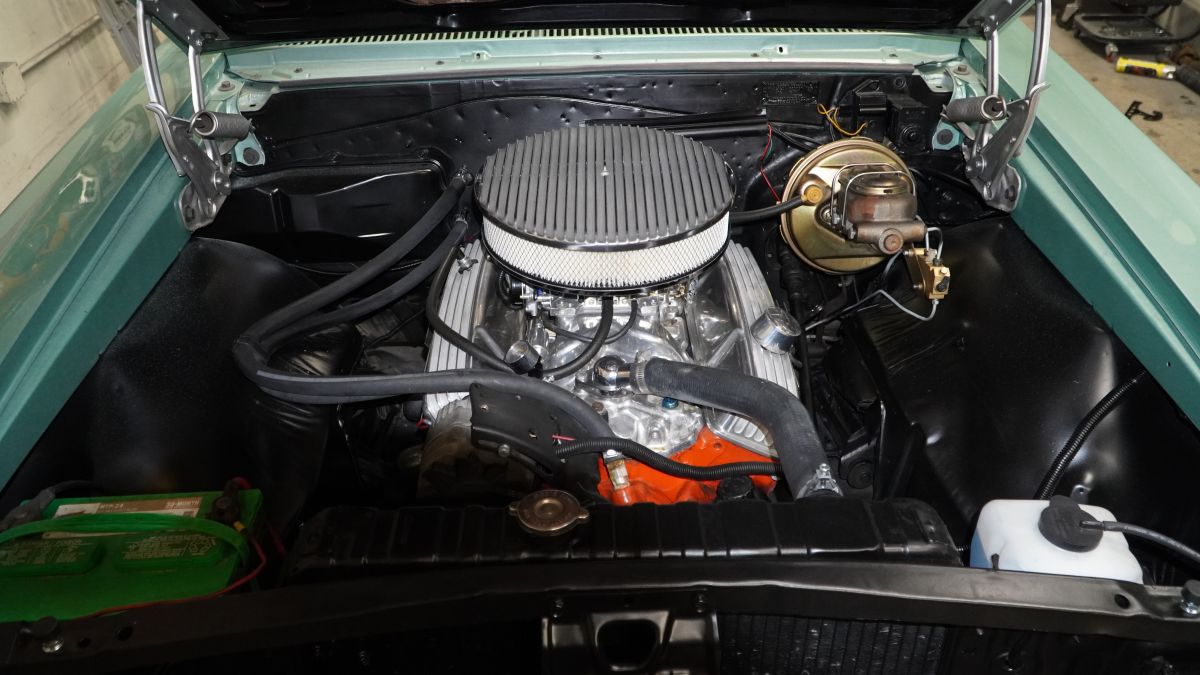Having recently completed a 2,000-mile road trip in my 1994 Ford F-250, I can confirm that it wins an award as the least fuel-efficient vehicle I have ever owned (out of 50-plus vehicles). It is powered by a massive 7.5-liter (460ci) big-block V8. Even the truck’s original window sticker omitted city and highway EPA ratings; it just said, “Not Applicable to this Unit.”
I’m not sure how Ford got away without publishing the figures, but my real-world experience shows that the truck achieves between 8 and 10 miles per gallon on average. Hey, at least it has dual tanks with a combined fuel capacity of 37 gallons. And when it comes to brute power and towing, a thirsty V8 is always up to the task.
The Pick of the Day is a 1989 Ford-F250 XLT Lariat pickup listed for sale on ClassicCars.com by a private seller in Huntington, New York.
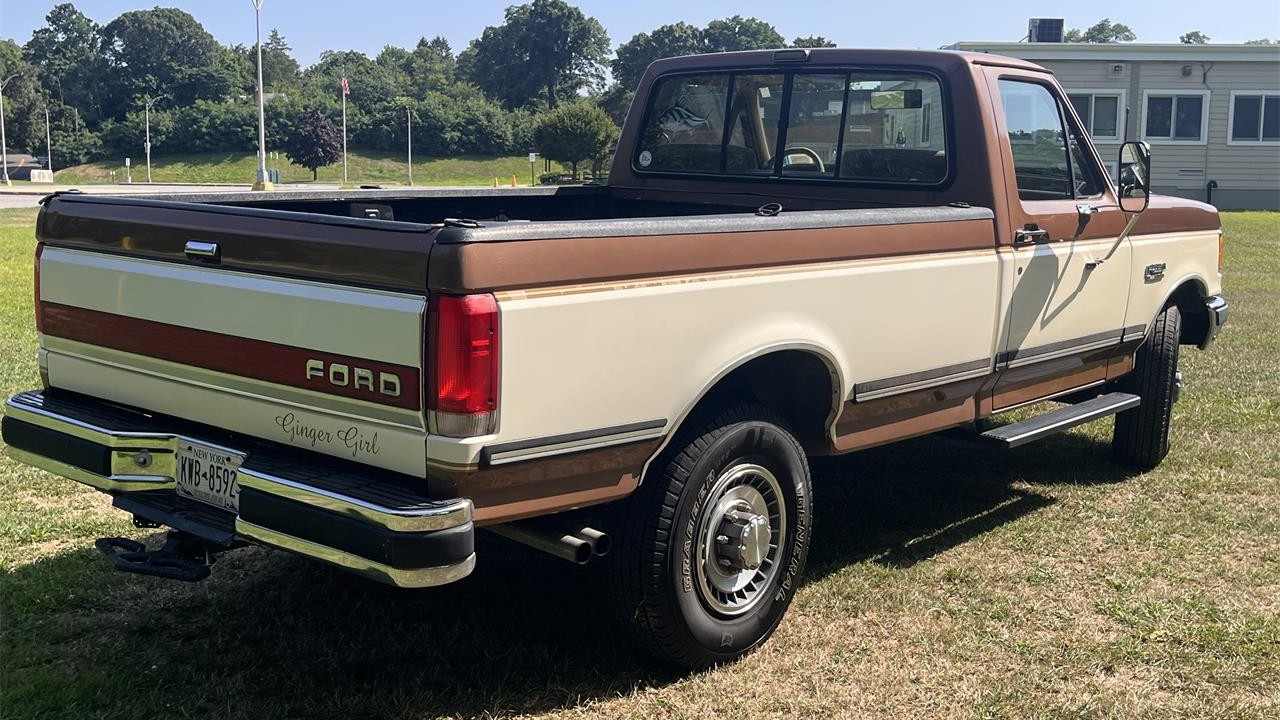
Drivetrain details are not specifically called out in the listing, but based on the photos, we can narrow things down. The “EFI” badge on the front end tells us the truck is two-wheel drive and has a fuel-injected gasoline engine. More than likely, it has 5.8-liter or 7.5-liter V8. Mechanically, a great deal of work has been performed during the seller’s ownership, including replacement of the fuel tanks and pumps, fuel transfer valve, steering box, tires, spark plug wires, transmission pan gasket, timing chain cover gasket and water pump.
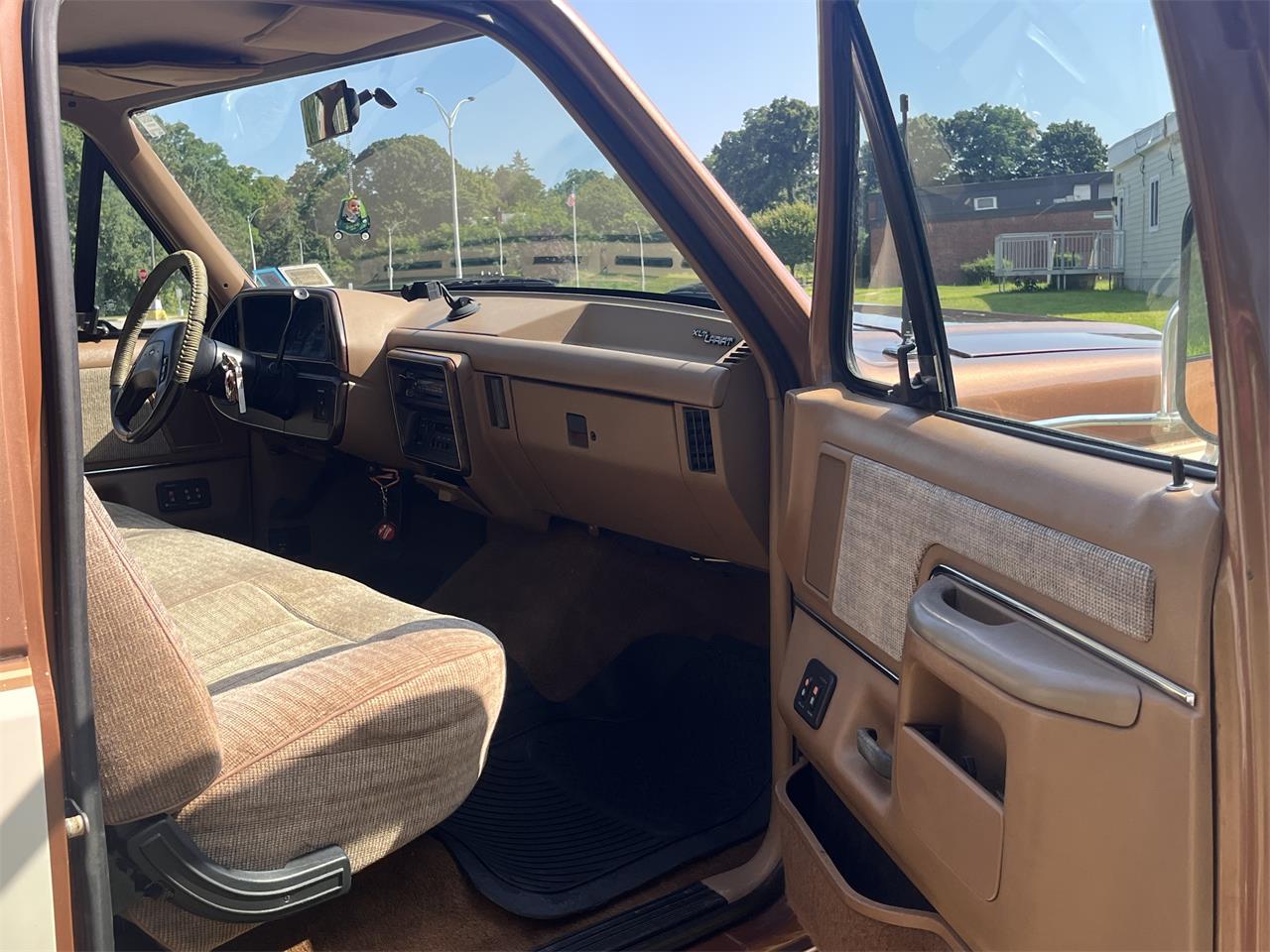
The Desert Tan Metallic and Colonial White exterior color combination look a lot like Jason’s F-Series that we featured on The Journal a couple of years ago. Exterior features include running boards, swing-away tow mirrors, pinstriping, a sliding rear window and a drop-in bedliner. The condition is extraordinary. The seller says the paint on the hood and roof has been resprayed, so that explains part of it. The tan cloth bench seat is in nice condition, and the cab is well-optioned with niceties like power windows, power door locks and (newly converted) air conditioning.
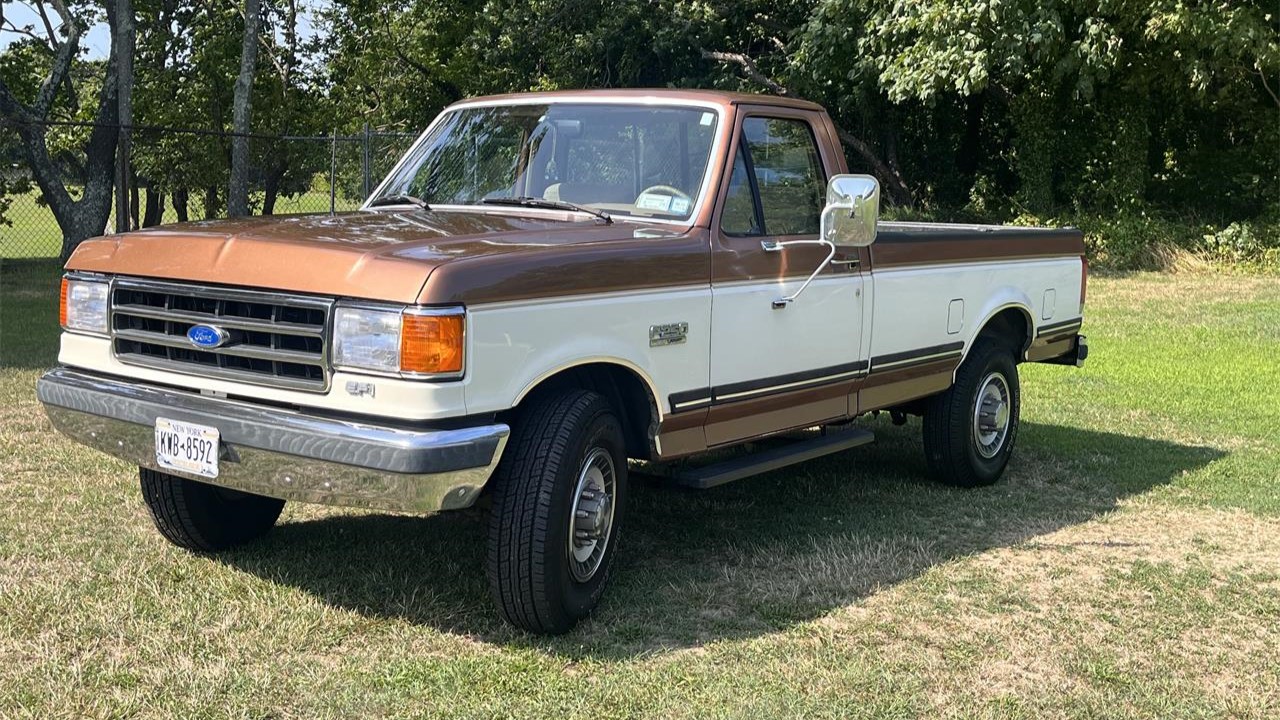
All in all, this “bricknose” eighth-generation F-Series is one of the nicest I’ve seen in the marketplace in recent months. For anyone looking for a classic, reliable work truck with a nostalgic feel, look no further. What it lacks in fuel economy, it more than makes up in heavy-hauling capability.
“The truck is 100% ready to go,” the listing concludes. “Drives great.”
The asking price is $14,000.
Click here to view this Pick of the Day on ClassicCars.com










